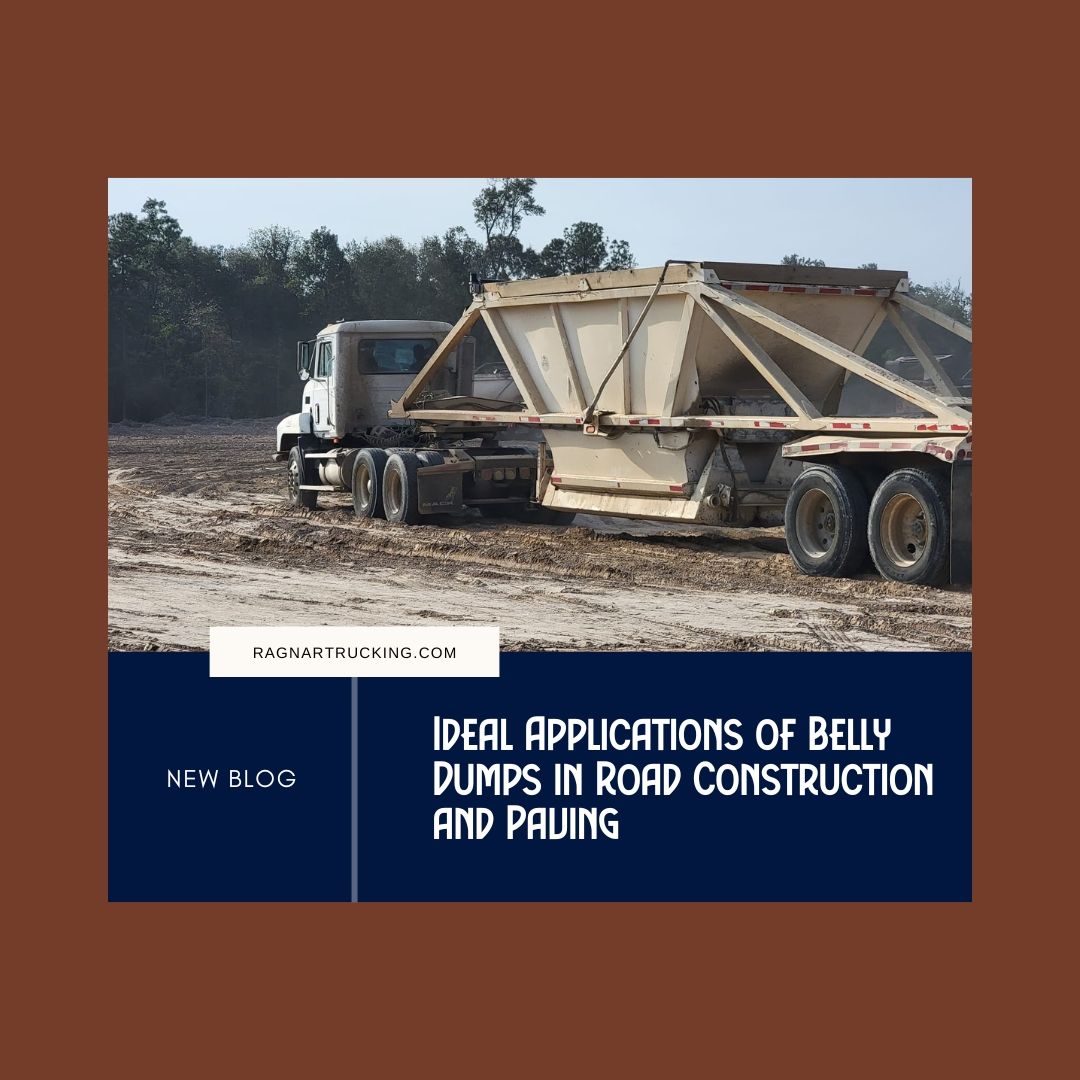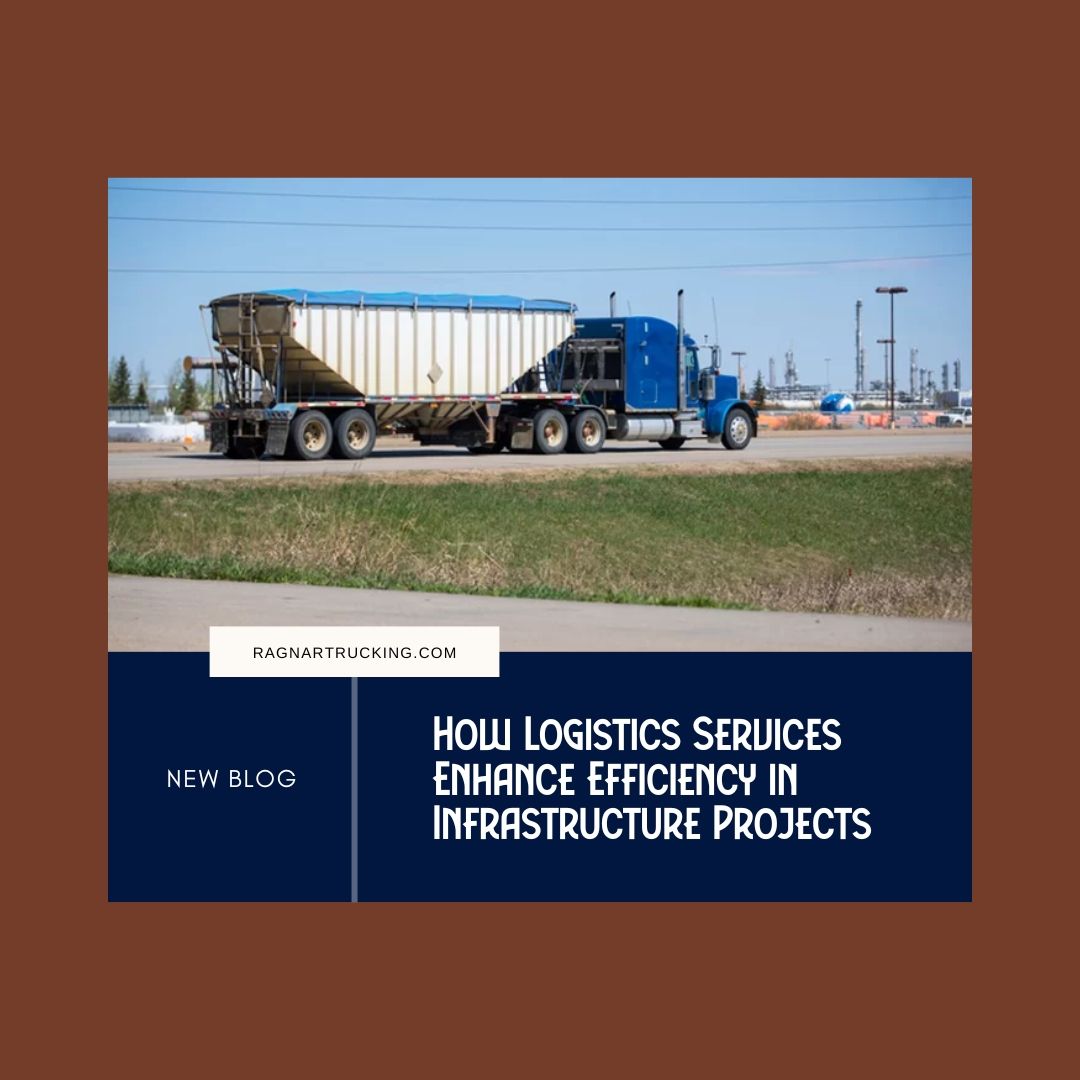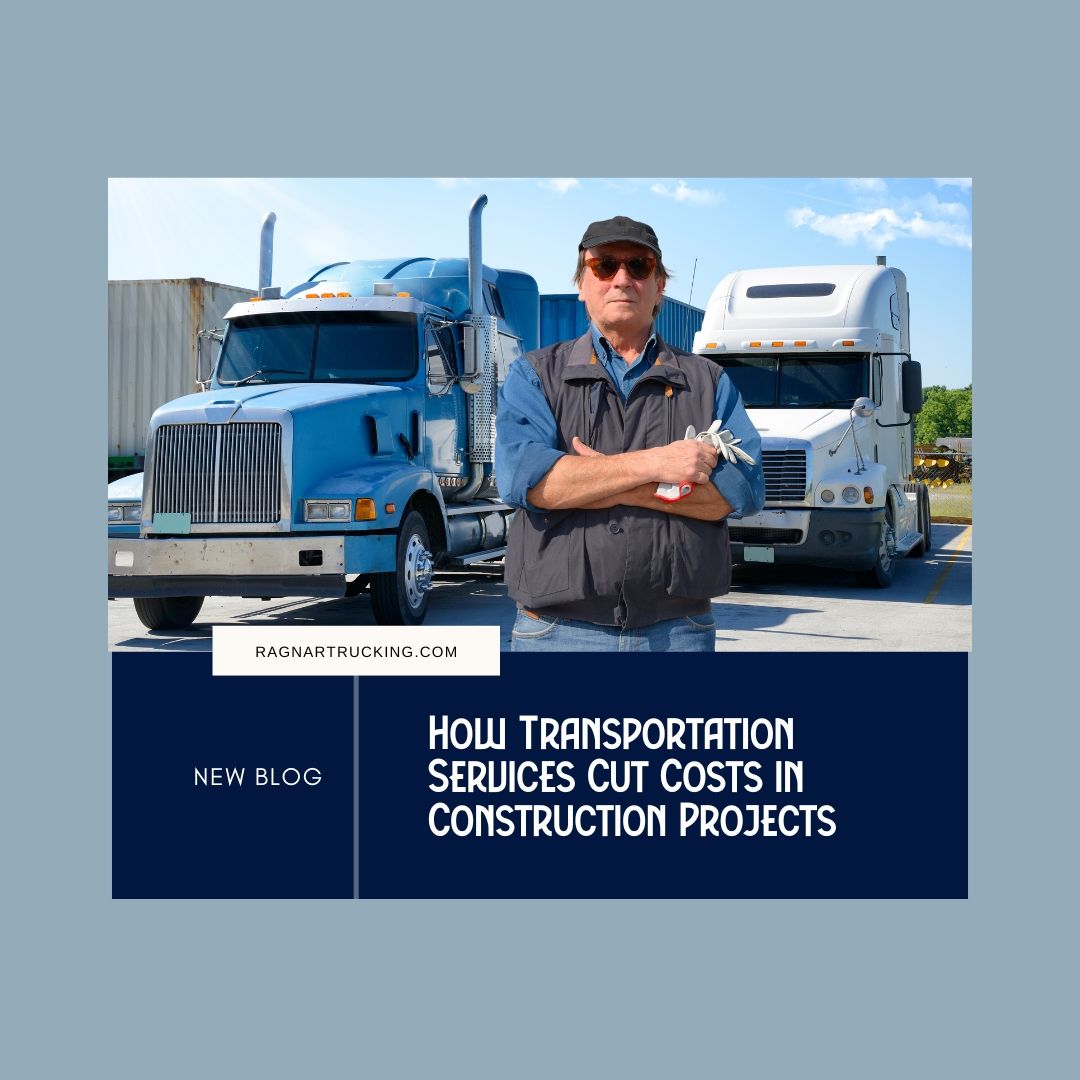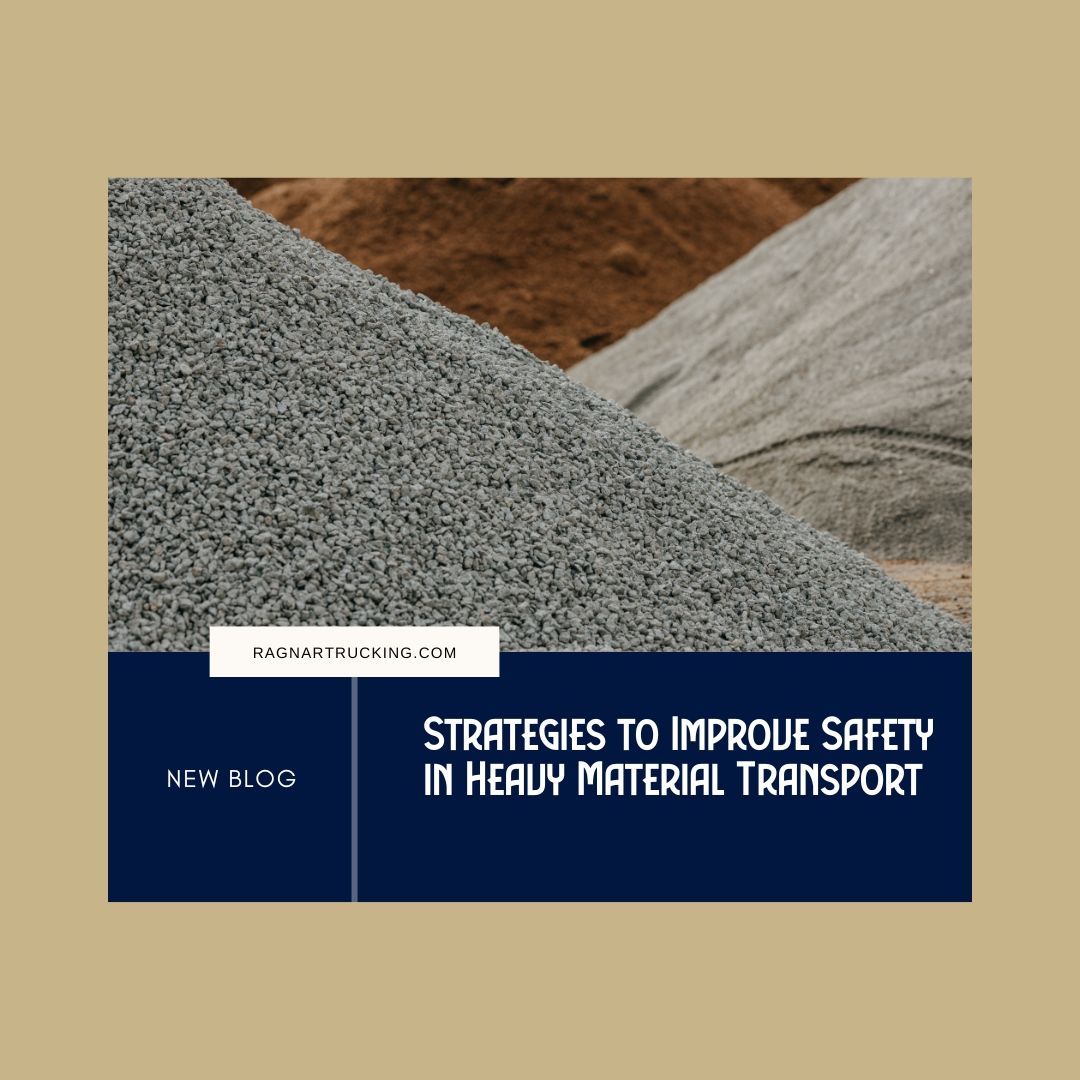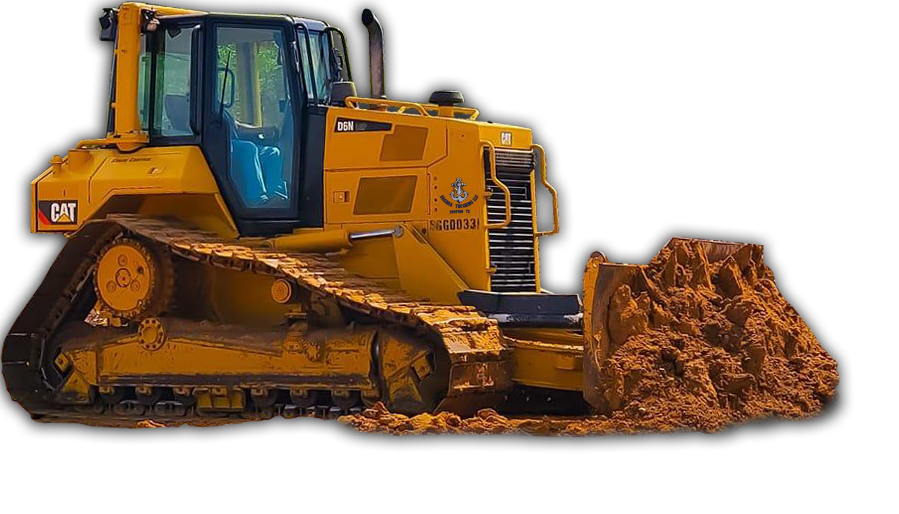Safety Factors and Regulations for Operating Superdumps
Stay informed with the latest insights, tips, and updates from our construction industry blog.
Safety Factors and Regulations for Operating Superdumps
Ensuring Safe and Compliant Operations for Heavy Hauling
Superdump trucks play an essential role in the construction, infrastructure, and waste management industries, offering the ability to haul large loads more efficiently than standard dump trucks. However, their size, weight, and load capacity also bring specific safety considerations and regulatory requirements. Here’s a look at the essential safety factors and regulations that operators and companies must follow to ensure safe and compliant superdump operations.
1. Adhering to Load and Weight Limits
Superdumps are engineered to carry heavier loads than typical dump trucks, often with additional axles to distribute weight evenly and remain compliant with state and federal weight regulations. Despite their increased capacity, strict weight limits apply. Overloading a superdump can lead to equipment strain, accidents, and fines. Each state has specific weight limits for road safety, so operators must ensure compliance with both federal bridge laws and any state-specific regulations.
2. Proper Load Distribution and Securement
Proper load distribution is critical for maintaining vehicle balance and preventing tip-overs, especially on uneven or sloped terrain. Loads should be evenly distributed across the truck bed to reduce shifting during transport. Securing the load with proper containment, such as tarps or netting, is also required to prevent material from falling or blowing out of the truck. This not only keeps the roads safe for other vehicles but also minimizes liability for the operator and company.
3. Regular Maintenance and Inspections
Routine maintenance is essential to ensure that superdumps are safe and compliant on the road. Key components, including brakes, tires, hydraulic systems, and additional axles, should be inspected regularly for wear and tear. Operators should complete a pre-trip inspection to check these critical components, as well as fluid levels and load-securement devices. Maintaining the truck’s mechanical integrity reduces the risk of accidents and ensures compliance with Department of Transportation (DOT) standards.
4. Compliance with Federal and State Regulations
Operating superdumps comes with a range of regulatory requirements designed to protect both the driver and the public. The Federal Motor Carrier Safety Administration (FMCSA) mandates specific standards for superdump operations, including:
- Commercial Driver's License (CDL): Drivers must possess a valid CDL, as superdumps often exceed the weight limits that standard licenses cover.
- DOT Number: Trucks operating in interstate commerce must have a DOT number to track compliance with safety standards.
- Hours of Service (HOS) Regulations: Superdump operators must follow HOS regulations to prevent fatigue-related accidents. Adhering to driving time limits and rest periods helps reduce driver fatigue, which is a major cause of accidents.
Additionally, many states have unique requirements for axle configurations, weight limits, and speed restrictions for superdumps, so operators must stay informed of state-specific laws and regulations for each operating region.
5. Driver Training and Certification
A well-trained driver is one of the most important safety assets in operating superdumps. Training programs should cover essential skills, such as load securing, proper braking techniques, and maneuvering techniques for large vehicles. Drivers should also be educated on safe driving practices for superdumps, which may involve extensive training on vehicle dimensions, handling, and weight distribution.
Certification programs that include both classroom instruction and practical experience help drivers develop the skills they need to operate superdumps safely and efficiently. Refresher courses are also beneficial, particularly for updates on regulations or advanced driving techniques.
6. Utilizing Safety Technology
Modern safety technologies can greatly improve the safety of superdump operations. Many superdumps are equipped with features like:
- Collision Avoidance Systems: These systems use sensors to detect nearby vehicles or obstacles and provide alerts to the driver, helping prevent accidents.
- Electronic Stability Control (ESC): ESC systems can detect loss of control and automatically apply brakes to individual wheels to help the driver maintain stability.
- Telematics and GPS Tracking: These tools allow fleet managers to monitor location, speed, and driver behavior, supporting safer operation practices and route optimization.
- Load Monitoring Sensors: Advanced load sensors provide real-time information about weight distribution and load shifting, allowing drivers to adjust and secure loads as needed.
Using these technologies not only enhances safety but also promotes compliance with regulatory standards and improves operational efficiency.
7. Defensive Driving and Safe Speed Practices
Defensive driving techniques are crucial for superdump operators due to the vehicle's size and weight. Drivers must maintain safe following distances, avoid abrupt turns or stops, and reduce speed on curves and inclines. Heavy vehicles like superdumps have a higher center of gravity, which increases the risk of rollovers, especially when navigating tight turns or sudden obstacles.
Many jurisdictions enforce specific speed limits for trucks, and operators must adhere to these limits to stay within legal and safety boundaries. Speed management also minimizes strain on the vehicle's braking system, reducing wear and improving the truck's ability to stop safely.
8. Emergency Preparedness
Operating superdumps safely also means being prepared for potential emergencies. Drivers should be trained in emergency response procedures, including actions to take in case of tire blowouts, brake failures, or load shifts. Carrying a first aid kit, emergency flares, and fire extinguishers is essential for addressing on-the-road emergencies.
Additionally, clear communication with dispatch and access to a network of emergency contacts help drivers handle issues quickly and prevent minor problems from escalating into dangerous situations.
Safety and compliance are paramount when operating superdumps, given their size, weight, and operational demands. By adhering to weight limits, implementing thorough maintenance practices, following federal and state regulations, investing in driver training, and leveraging safety technology, companies can ensure safe and efficient superdump operations. A commitment to these safety factors not only protects drivers and the public but also enhances productivity and prevents costly fines or downtime. As superdumps become increasingly integral to construction and hauling industries, prioritizing safety and compliance is key to achieving long-term operational success.
Ragnar Trucking, LLC is a premier provider of comprehensive trucking, excavation, and construction services based in Texas. Founded by Jairo M, originally from Agua Blanca Sur, Honduras, the company is dedicated to delivering high-quality and reliable services across Houston, Splendora, Tomball, Channelview, and The Woodlands. Specializing in end dump trailers, belly dumps, superdumps, select fill, clay, topsoil, sand, common fill, pinhole clay, bank sand, land clearing, and construction preparation.
Houston trucking services, Professional excavation Houston, Land clearing Houston TX, Civil engineering services Houston, Architectural concrete Houston, Structural concrete Houston TX, Storm drainage solutions Houston, Detention pond services Houston, Industrial plant construction Houston, Parking garage construction Houston, Pinhole dispersion clay Houston, Bank sand supply Houston, Common fill services Houston, Building pad services Houston, Reliable construction services Houston.
Visit our BLOG for valuable insights and tips on our services and related topics. At Ragnar Trucking, LLC, we regularly update our BLOG with new posts to keep you informed about the latest in construction, excavation, civil engineering, and more. Whether you're a homeowner, contractor, or industry professional, you'll find useful information that can help you with your projects. Stay tuned for expert advice and updates on our comprehensive range of services.
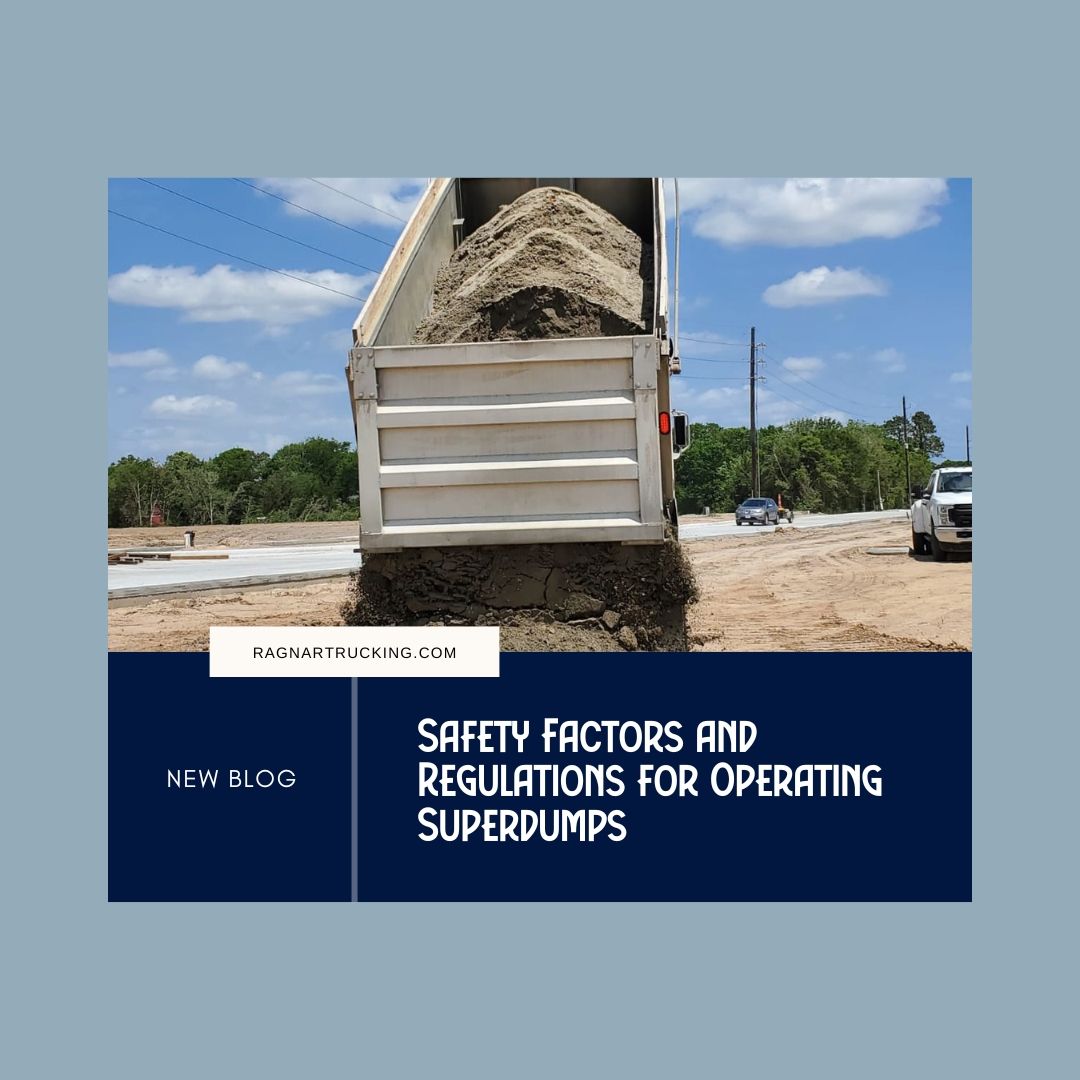
Stay updated with Ragnar Trucking, LLC’s blog, featuring insights and tips on trucking, excavation, land clearing, civil engineering, and more in Houston. Explore expert advice and industry news to keep your construction projects on track.
Houston trucking blog, Excavation tips blog, Land clearing blog Houston, Civil engineering blog, Architectural concrete blog, Structural concrete blog, Storm drainage blog, Detention pond blog, Industrial plant blog, Parking garage blog, Pinhole dispersion clay blog, Bank sand blog, Common fill blog, Building pad blog, Construction services blog.
